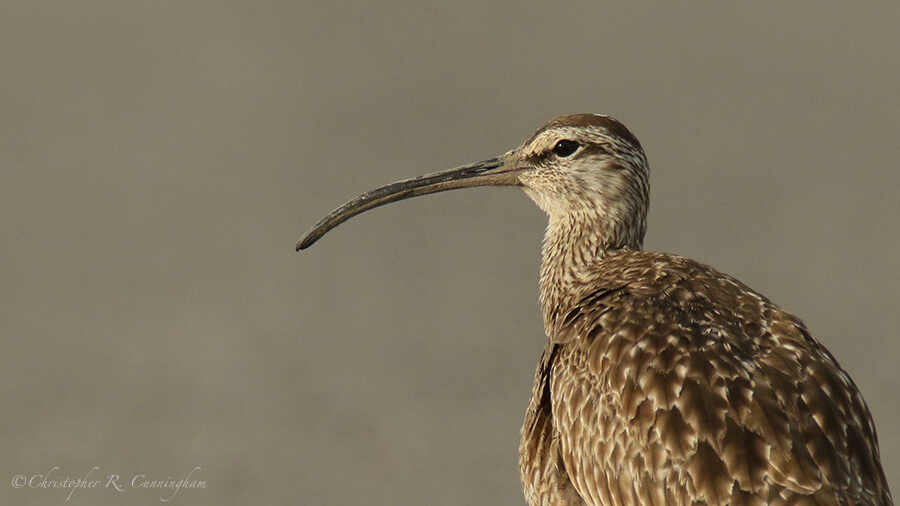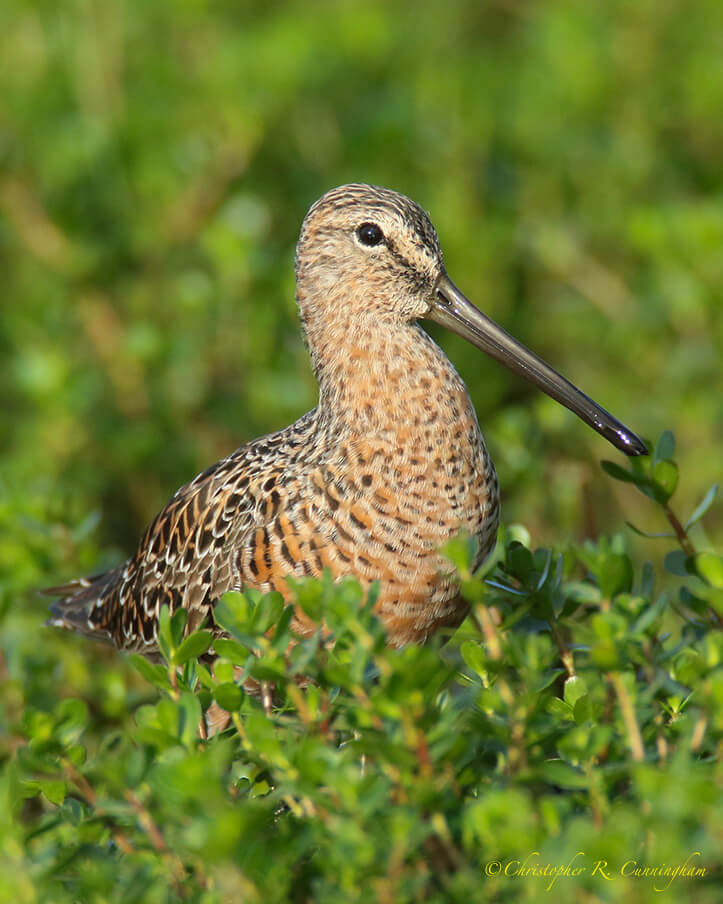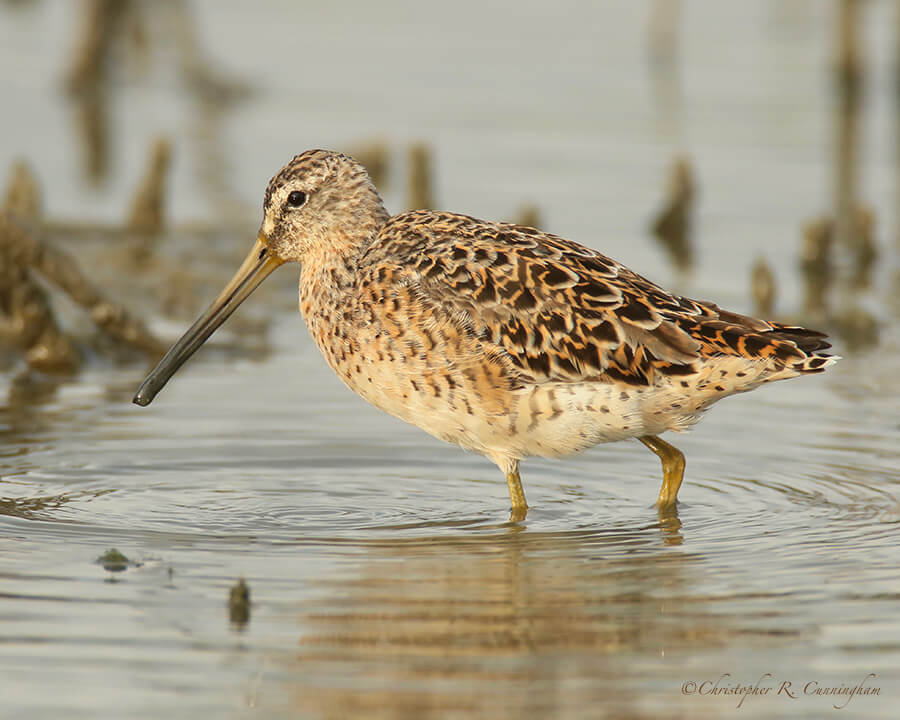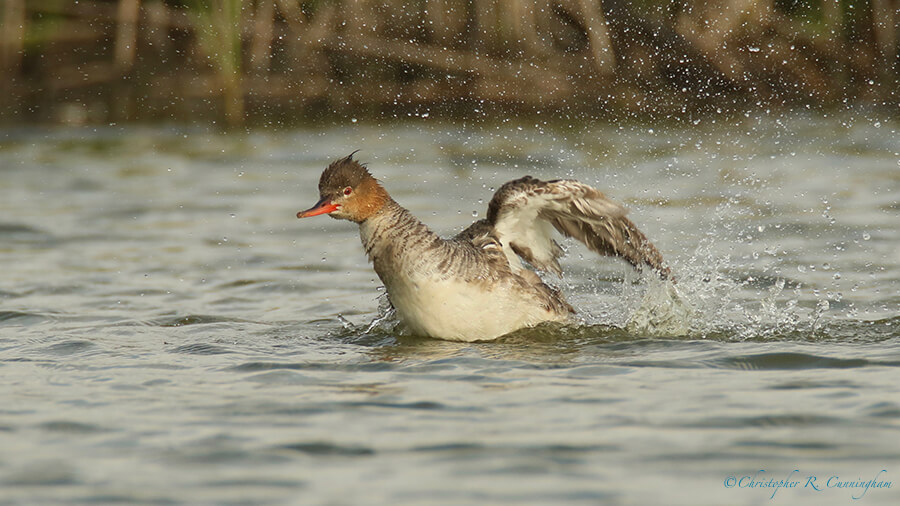Hug the shore; let others try the deep. –Virgil

When not chasing songbirds around during migration, we’re chasing shorebirds! In one sense, we’ve been less successful on the shorebird front than the songbird front this year. Specifically, this spring we saw two new warbler species (Blackpoll and Prairie, making a total of 38 species!), but we have yet to see a new shorebird. But it hasn’t been for lack of trying.

As far as shorebirds (and waterbirds) are concerned, it really has been a “usual suspects” year. There are lots of Least and Western Sandpipers, Dunlin, dowitchers, and Semipalmated, Snowy, and Wilson’s Plovers around places like East Beach, Lafitte’s Cove, and Frenchtown Road (a favorite spot). And I can say that we’re getting better at identifying the trickier ones. Snowy, Semipalmated, and Piping Plovers are no longer look-a-likes in the field. I’ve even attempted to study up on dowitcher identification, one of the toughest challenges in North American birding. I feel more confident in my dowitcher identifications, but whether or not I’m right . . . .

Finally, irrespective of which species you love most, the shorebird migration has two distinct advantages over the songbird migration. First there are almost never crowds. You can always find a lonely stretch of beach to bird alone. Second the beaches are almost always breezy enough to spare the birder the annoyance of mosquitos. Oh, yeah . . . and then there is the magnificent sea . . . .

Reference
Lee, Cin-Ty, and Birch, Andrew. 2006. Advances in the Field Identification of North American Dowitchers. Birding (Sept./Oct.): 34-42.
©2017 Christopher R. Cunningham. All rights reserved. No text or images may be duplicated or distributed without permission.